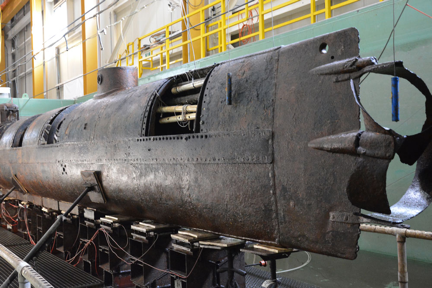
Cnhi Network
Solved! 150-year mystery of confederate submarine HL Hunley
Researchers say they’ve resolved the 150-year mystery of what happened to crewmembers on the famous Civil War submarine ... Read more

Researchers say they’ve resolved the 150-year mystery of what happened to crewmembers on the famous Civil War submarine ... Read more